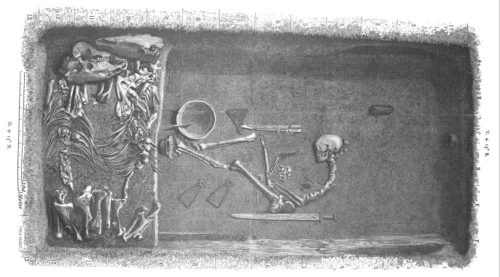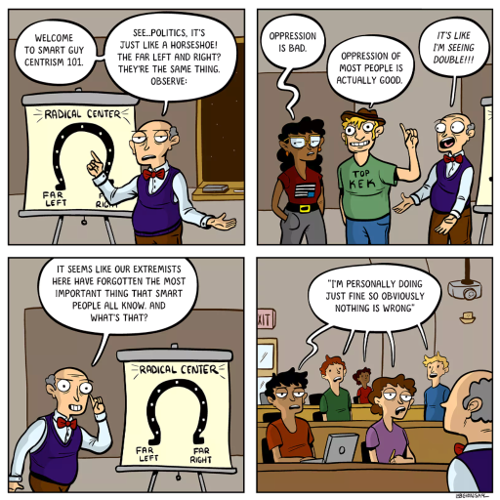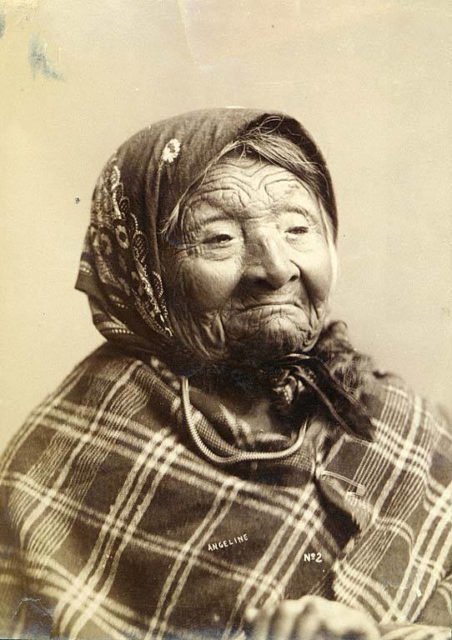The Harvard Institute of Politics invited a number of people to be Fellows. It was the usual Wingnut Welfare event, where a collection of unqualified nincompoops who’s only reason for existence is to promote far right inanity were invited. Sean Spicer will be there. As will Joe Scarborough. And…
The roster of IOP fellows in 2017 includes Benghazi faker Jason Chaffetz, professional political thug Corey Lewandowski, professional bad liar Sean Spicer, and run-of-the-mill wingnuts Mary Katherine Ham and Guy Benson. (You should keep all these names in mind the next time you read conservative whinging about how oppressed they are. This is a nice gig here.) And, while I was contemplating what Lewandowski could possibly “impact” on students other than a seminar on how to go goon on female reporters, the really heavy shoe dropped.
The surprise was that they also invited…Chelsea Manning.
Which immediately prompted screeching from the conservatives.
Which was — unsurprisingly — effective.
“We are withdrawing the invitation to her to serve as a Visiting Fellow — and the perceived honor that it implies to some people — while maintaining the invitation for her to spend a day at the Kennedy School and speak in the Forum.
“I apologize to her and to the many concerned people from whom I have heard today for not recognizing upfront the full implications of our original invitation.”
Cowardly fuckers.
So…everyone, even the right wing, alt-right, Nazi centrist atheists, are all going to complain and denounce this decision?
Just remember, an invitation from the Kennedy School, which thinks Spicer, Lewandowski, and Chaffetz are worthy recipients of the ‘honor’, isn’t really an honor.




